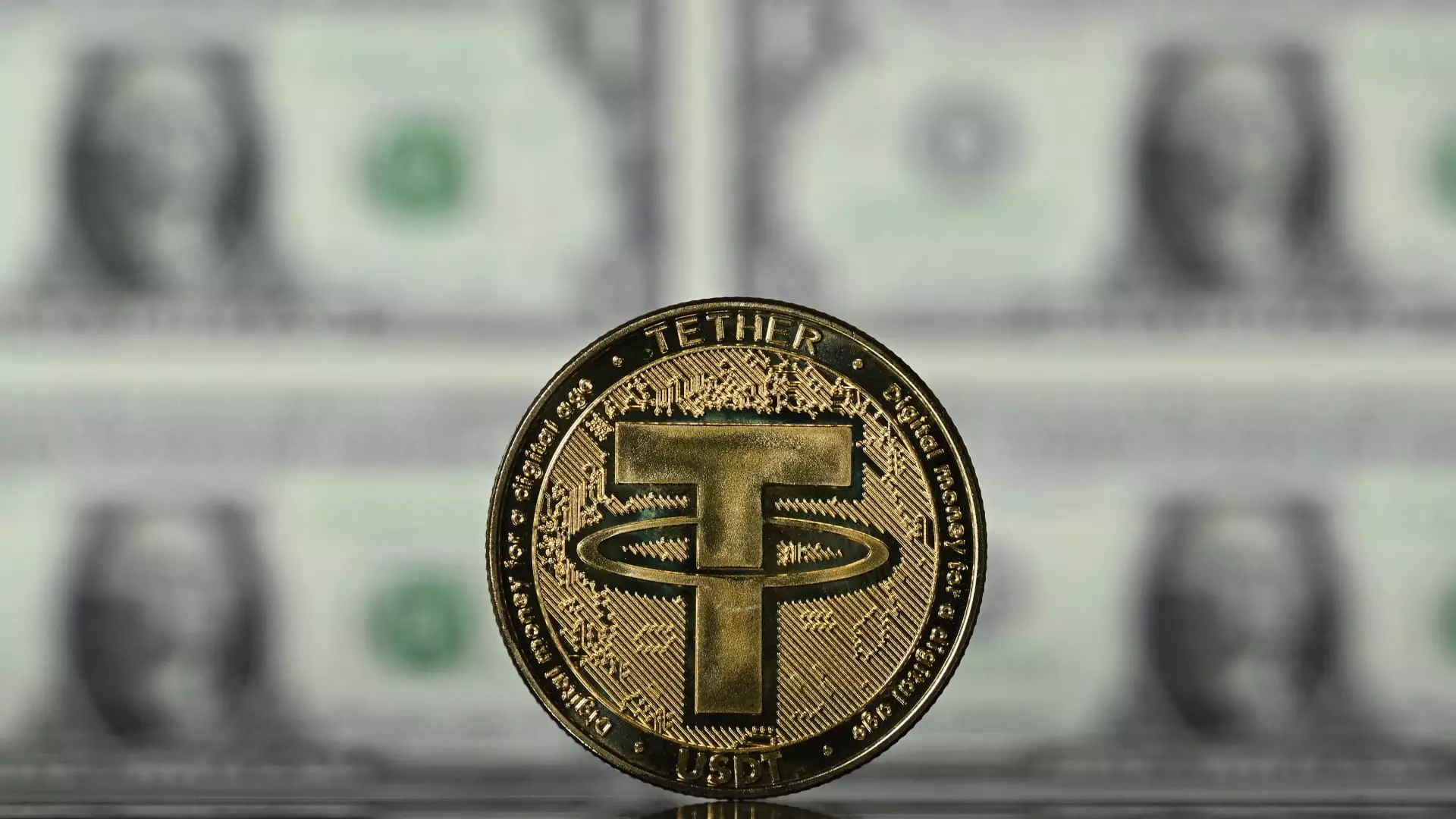As the cryptocurrency landscape continues to evolve, the prospect of a government supportive of digital assets could herald significant advancements for stablecoins by 2025. These cryptocurrencies, which maintain their value by being pegged to a stable asset—primarily the U.S. dollar—hold immense potential to bolster not just the crypto sector but also the status and usage of the dollar globally. The remarkable 50% surge in market capitalization for U.S. dollar-backed stablecoins this year signals an enthusiastic embrace of this technology, and the expectation is that this figure could soar even further if Congress lays down essential regulatory frameworks. Industry experts, including Matt Hougan from Bitwise Asset Management, predict that clearer regulations could double this market cap in upcoming years, reaching as much as $400 billion.
The Role of Regulation in Market Dynamics
The importance of clarity in regulatory environments cannot be overstated. Stablecoins serve multiple functions, from facilitating trading on various exchanges to acting as collateral in decentralized finance (DeFi) applications. According to Hougan, the establishment of a structured regulatory framework will not only invigorate interest among consumers and businesses in this sector but will also entice prominent financial institutions like J.P. Morgan to participate. As firms like Coinbase maintain revenue sharing agreements with stablecoin issuers, the implications for crypto services are profound.
The conversations surrounding stablecoins have gained momentum, especially with companies such as Robinhood entering the fray. By collaborating with established players like Kraken and Galaxy Digital, Robinhood aims to launch a new dollar-backed stablecoin, USDG, further illustrating the competitive landscape forming within this digital asset domain.
A critical point made by analysts, including those from JPMorgan, highlights the slow-paced nature of legislative processes. While the anticipation builds for a pro-crypto administration, the reality is that substantive regulatory changes may not materialize immediately. Kenneth Worthington points out that it may take 9-12 months post-Inauguration Day before key positions—such as those at the Securities and Exchange Commission and Commodity Futures Trading Commission—are established and can effectively influence policy. This delay presents both challenges and opportunities for stakeholders in the cryptocurrency ecosystem, who will need to navigate a prolonged period of uncertainty.
Beyond the crypto sector, an increase in stablecoin usage could signify a growing global demand for the U.S. dollar. Reports from Castle Island Ventures and Brevan Howard Digital suggest that individuals globally leverage stablecoins for numerous reasons beyond mere trading, including acquiring better currency conversion rates and earning yields on their holdings. Michael Saylor of MicroStrategy has emphasized that the U.S. has a unique opportunity to issue the world’s primary digital reserve currency, with a potential market of up to $10 trillion. This vision conceivably includes integrating stablecoins into the fabric of U.S. banking and financial systems.
Conversely, the current dominance of Tether’s USDT, which occupies 70% of the market but lacks a clear regulatory framework in the U.S., underscores the challenges the country faces in establishing a competitive landscape for stablecoins. Lawmakers like Congressman French Hill have begun advocating for clear rules to extend the dollar’s reserve status, highlighting the need for regulations that not only foster competition but also enable the integration of stablecoins into everyday transactions.
The Case for Federal Regulation
Industry leaders recognize the urgent need for a federal framework that designates dollar-backed stablecoins as legal electronic money within the U.S. financial system. Circle’s CEO Jeremy Allaire articulates that such regulations would enable stablecoins to function effectively as digital cash, collateral, and settlement instruments. However, there is a pressing need to prioritize the strength and international competitiveness of the dollar in tandem with regulatory advancements.
The future of stablecoins appears bright, but challenges remain. Navigating the intersection of technological advancement, regulatory clarity, and the dynamics of the traditional banking system will be crucial as the United States considers how best to capitalize on this digital currency revolution. By prioritizing a stable regulatory environment, the U.S. could position itself not only as a leader in the crypto space but also enhance the status of the dollar as the world navigates an increasingly digitized financial landscape.

